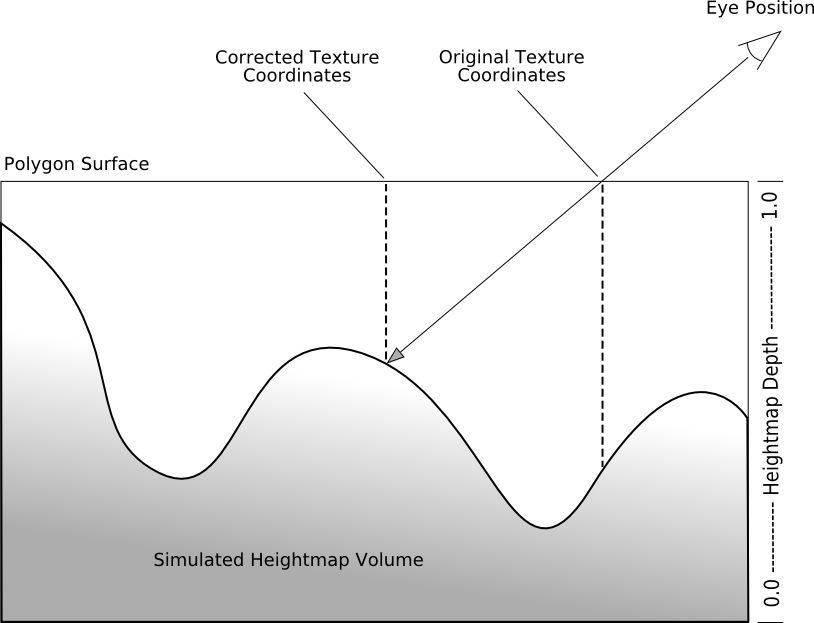Very good idea for a thread. Subscribed.
Thx. It has been on the drawing table for ages. That is not to say though that it did not have an accute catalyst the other day lol.
It seems like most of the bloom flickering out there is due to aliasing in the initial render. Even simple bilinear rescale bloom tends to be blocky more than flickery.
Bloom filters definitely can experience flickering though, FFXIII being the most severe example that comes to mind.
Thx for the input HtupoIev! I should amend what I have written then. How would you best summarize a point about posible artifacting / aliasing in bloom filters?
You finally went and did it! Good luck...although do you think you could add some carriage returns between the paragraphs in the OP as it's a bit of a mess on mobile.
Thx! I cannot tell how many time I created a master document for the thread and scrapped it over the last 2 years or so. Carriage returns. Right!
OK, n00b question - what is a shader?
Some great answers in the thread already thankfully.
I don't think that "no jpegs!" requirement is going to be very fruitful.
I agree with this. Perfect is the enemy of good and all that.
It is mainly to jkeep a high standard of quality in a thread that can, tbh, afford it. It is not like there are time constraints regarding posting

BUT! At the same time I agree. What I imagine we should try and do is, if someone cannot provide high quality media... then it is at elast replaced in due time. Either by other posters nicely chipping in with their own image stock or the og poster adding it. What does everyone think?
Great job finally getting this thread up! I know you've been planning it for a long time now.
Thx man. As I said above, this is the 4th time I have made this thread. But the first time I have posted it. lol It is arguably les complete than previous times I "made" it though. I think I want more community feedback from GAF before I start arbitrarily laying down exactly how it "should" work. Also, if you want to contribute some screenshots/media for a certain passage, just post about it.
What game are you using for the examples in the Post Processing post? Star Citizen or is it something in UE4?
Yeah... I should probably require people to label the games from which they post media... (myself included). Star Citizen Alpha 2.0 H are used in the screens for colour grading and motion blur shots. The bloom comparison shot is from Natural Selection 2.
I think the OP should include at least some definitions for what the thread is about. Not only rules but also explanations on the basic things so that people who don't know what it is about can learn what they are about.
That is the general idea and I am going to be collecting suggestions on how exactly the thread should work in the mean time before it is perfectly set in stone. Currently it is working pretty alright though IMO! But the nth degree goal is to collate information in general about how 3d rendering works from a perspective on high at first (not too detailed at the start), then, common terms will be linked in the OP. These will then form basis for any discussion we have here so we are at least on the same page when talking about stuff. Also, it would be nice if the thread were friendly to those interested in asking questions casually / are passively interested in learning about stuff.
That's not a question with a simple answer (unless you define "best" with only regard to image quality and not performance, which doesn't make much sense).
I wrote
an article some time ago which discusses all the different types of aliasing which can occur, and how they can be alleviated. It doesn't include the most recent methods, but it can serve as a starting point for discussion.
Currently, the approaches with the best aliasing-reduction/performance are probably multi-frame accumulation temporal methods like UE4 TAA.
Durante,
would you mind if I linked your post among others in the OP? Furthermore, would you perhaps like to take up describing a certain base term / concept regarding VG graphics as part of a mega post as linked in the OP? I currently just started one regarding post-processing, which will have a section on post processed based AA (of which there are so many now...).
Is that similar to the shadows in The Last of Us?
AFAIK, I am pretty sure TLOU, at least for outdoor shadows, uses shadow maps which are actually calculated in real time and take intermediarry geometry into account. Something like those soft shadows in doom 3 are just a texture look up that does not actually line up wit the geometry because it was calculated in real time or beforehand even. Rather, some artist just placed it really smartly. Doom 3 was really smart about the few things it did not manage to do in real time (motion blur is another thing it did in a really cool way in one scene).
Someone should post some Alien Isolation PC screenshots, it has some great looking effects and materials.
Yeah it is a great game to show things off in. Perhaps I will install it again this evening and just snap some stuff.
Don't think there is high quality footage available for FFVII remake.

Anyways, I can do DoF.
It's late at night for me though...so tomorrow
Awesome! Do you think you could capture 2 different things? A game with DOF on DOF off where it is a gaussian DOF? And then a game where it is Bokeh (on off)?


